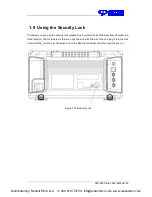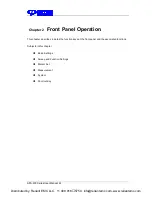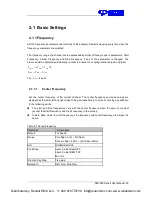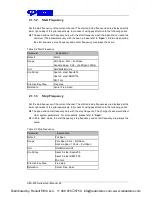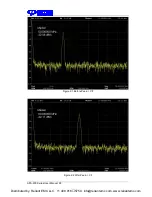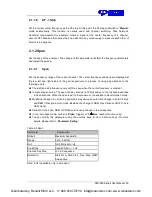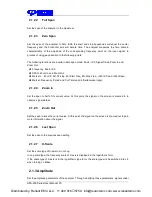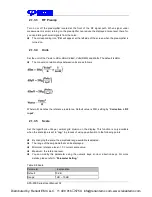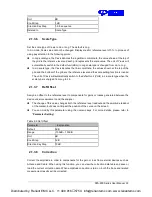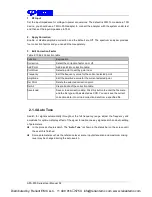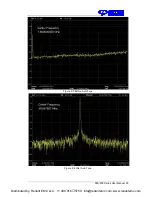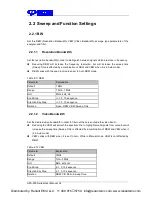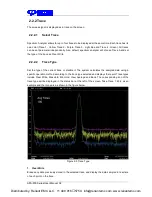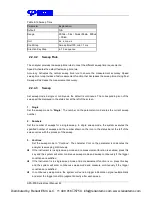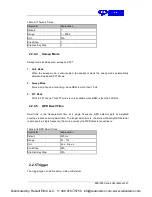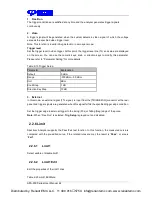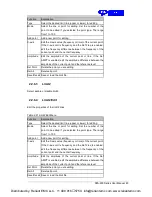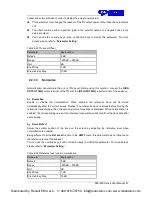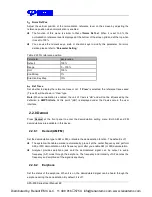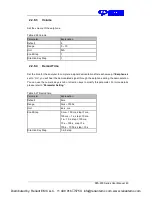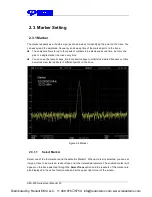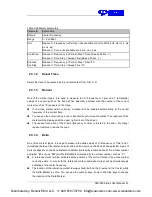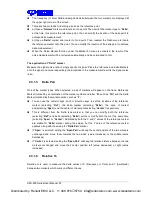
SPA-900 Series User Manual 37
2.2.1.3
V/R Ratio
Set the ratio of VBW to RBW. This value is different while measuring different kinds of signals:
Sine signal: use 1 to 3 (for faster sweeps)
Pulse signal: use 10 (to reduce the influence on the amplitude of transient signals)
Noise signal: generally use 0.1 (to obtain the average of noises)
Table 2-13 V/R Ratio
Parameter
Explanation
Default
1
Range
0.001 ~ 1000
Unit
N/A
Knob Step
in 1, 3, 10 sequence
Direction Key Step
in 1, 3, 10 sequence
Relation
RBW,VBW
2.2.1.4
Average Type
Chooses one of the following averaging types: log power (video), power (RMS), or voltage
averaging. When trace average is on, the average type is shown on the left side of the display.
1. Log Power
Selects the logarithmic (decibel) scale for all filtering and averaging processes. This scale is
"Video" because it is the most common display and analysis scale for the video signal within a
spectrum analyzer. This scale is excellent for finding CW signals near noise.
2. Power Average
In this average type, all filtering and averaging processes work on the power (the square of the
magnitude) of the signal, instead of its log or envelope voltage. This scale is best for measuring the
true time power of complex signals.
3. Voltage Average
In this Average type, all filtering and averaging processes work on the voltage of the envelope of
the signal. This scale is good for observing rise and fall behavior of AM or pulse-modulated signals
such as radar and TDMA transmitters.
2.2.1.5
Filter
Set the RBW filter type. SPA-900 supports two kinds of RBW filters: “
Gauss
” (-3 dB bandwidth)
and “
EMI
” (-6 dB bandwidth).
When “
EMI
” is selected, resolution bandwidth can be 200 Hz, 9 kHz or 120kHz only.
“
Quasi-Peak
” detector is available only in “
EMI
” filter.
Distributed by: Reliant EMC LLC, +1 408 916
‐
5750, info@reliantemc.com, www.reliantemc.com

